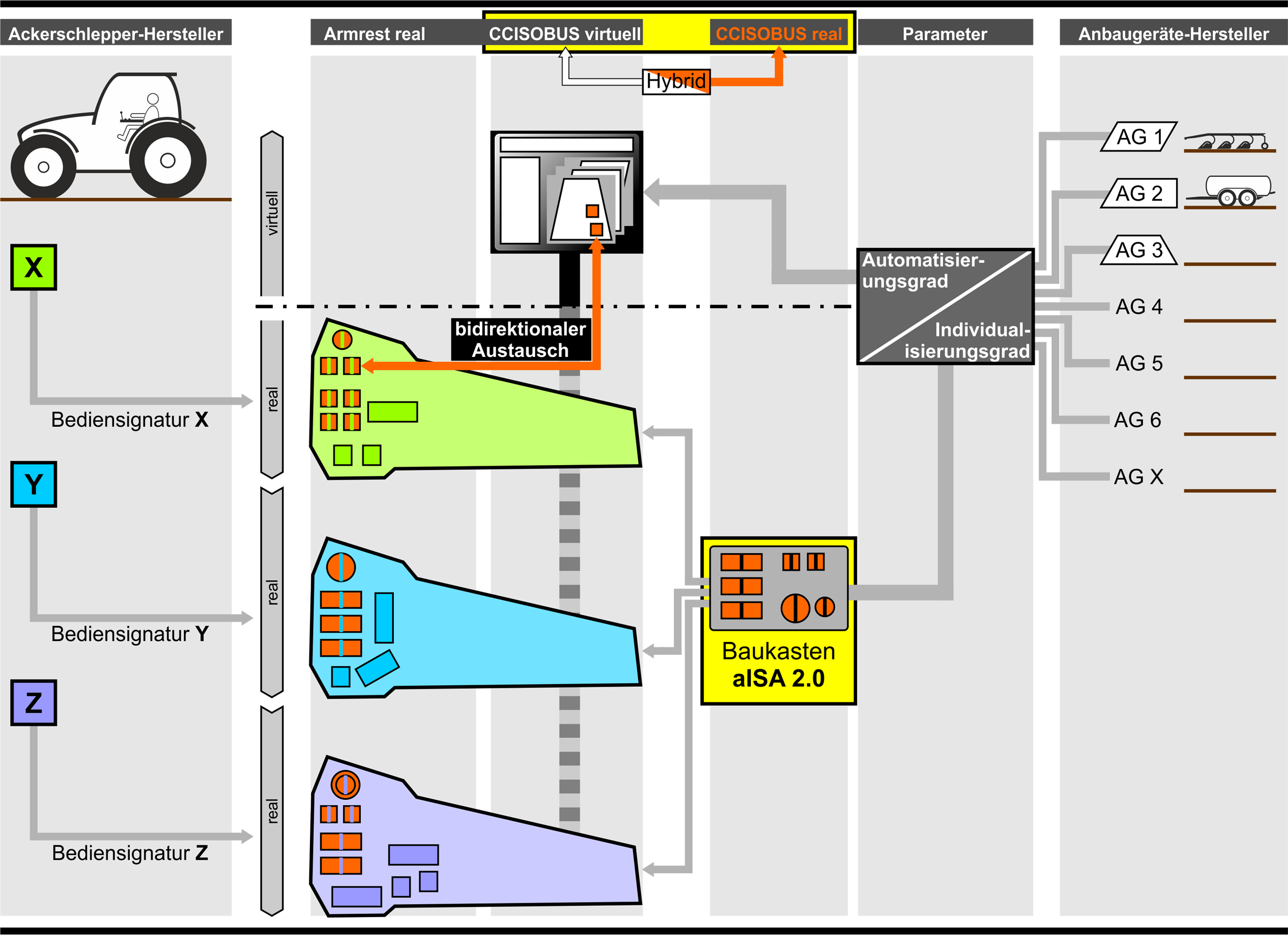
Picture 1: Functioning prototype of the adaptive control armrest from the predecessor project aISA in the context of various operating scenarios.
The joint project aISA 2.0 (adaptive interface systems in agricultural tractors 2.0) aims to provide the operator with an optimal interface system for the various operating scenarios in the agricultural tractor. When different implements are connected to the tractor, the man-machine interface (MMS) can adapt to the operating scenario by means of the ISOBUS system and create an optimal interface in terms of availability, arrangement, graphics and operating mode, taking ergonomic and formal-aesthetic aspects into account. Building on the previous project aISA, the concept is being further developed and brought to series production readiness.
Motivation and goal setting
The tractor is used as a universal machine, which means that the user is confronted with a wide range of operating scenarios. Today's work machines, however, have a large number of static controls in their operating armrests. Depending on the implement connected, a large number of control elements are redundant, creating a complex and confusing overall picture. For this reason, an adaptive armrest was developed for the first time in the aISA project (adaptive interface systems in agricultural tractors), which reproduces all the operating functions of the implements by means of a reduced and ergonomic design and in each case makes available exclusively the functions of the implement currently in use. The operating armrest adapts itself situationally to the respective operating scenario or work device required.
In the follow-up project aISA 2.0, this idea will be taken to its logical conclusion: The fully functional prototype, which was also on display at Agritechnica 2019, serves as a basis and is to be further developed until it is ready for series production. Through a broader perspective, the commercially available implements are to be examined and integrated into the overall system consisting of tractor, control armrest and implement. The implement manufacturers will be given the opportunity to integrate the manufacturer-specific operating philosophy into the haptic operating system of the aISA armrest. Thanks to the ISOBUS interface, the intelligent operating armrest can then adapt to each implement as soon as it is coupled and provides the user with an optimal and ergonomic interface in terms of availability, arrangement, visualization and operating mode. A solution is also being developed for non-ISOBUS implements.
The operating armrest rethought
The innovative adaptive control armrest requires developers of agricultural tractors to rethink their approach: In the future, the agricultural tractor with implement X will become an X-machine (analogous to the self-propelled machines), in which the implement-specific operating functions can be optimally addressed:
Farm tractor + implement X = X-machine
Due to company-specific operating signatures, it will not be possible to offer the "ideal aISA operating armrest" as a uniform design to competing manufacturers. The project goal (see Fig. 2) of aISA 2.0 is to extend the virtual area of the ISOBUS terminal with a real interface construction kit.
The method developed in the aISA project supports the development of the real, adaptive interface design. On the basis of a methodical categorization, a preselection or design recommendation is developed with regard to positioning, arrangement, type of actuation and modality of the functions in the interface system. All possible functions that can be relevant in the combination of tractor and any implement are considered. According to the respective degree of automation and the operating habits or the operator qualification, the relation between real and virtual functions is adjusted system- or user-initiated. The operating elements are functionally integrated into the respective operating armrests of the tractor manufacturers and can be formally adapted to the respective corporate design (CD). In this way, the tractor manufacturer can retain his individual operating signature in the future and still maintain optimum usability for the specific implement (AG 1 - AG X). The interface communication between implement and tractor will be developed in the project to create a reliable standardized connection. The adaptive interface needs this to transfer the implement requirements to the positioning and arrangement of the control armrest and to configure it accordingly. The implement manufacturer is provided with an editor for configuring the optimum usability. In the future, it will also be possible for the user to exchange functions bidirectionally between the virtual and real interfaces according to his operating habits. In addition, the user will be able to operate the entire system in the following modes:
- Comfort mode: the configuration is predefined by the implement manufacturer
- Custom mode: The user can adapt the predefined configuration from the implement manufacturer
- Standard mode: The operating system is completely available and static (state of the art)

Picture 3: The depicted function and operation analysis will be further developed in the course of the project. Building on the information from the expert surveys conducted, the refined method will be used to derive an initial design recommendation for the adaptive interface.
The project consortium
The project consortium consists of five members who contribute their expertise to the project. The predecessor project (aISA) was already carried out by the research and teaching area of technical design at the Institute of Construction Technology and Technical Design (IKTD) at the University of Stuttgart together with the Institute of Agricultural Technology at the University of Hohenheim (ATH) and the company elobau GmbH & Co. KG from Leutkirch. In the current aISA 2.0 project, they are also being reinforced by the Competence Center ISOBUS e.V. association from Osnabrück and the tractor manufacturer Same Deutz-Fahr. The IKTD is responsible for coordinating the joint project, among other things.

